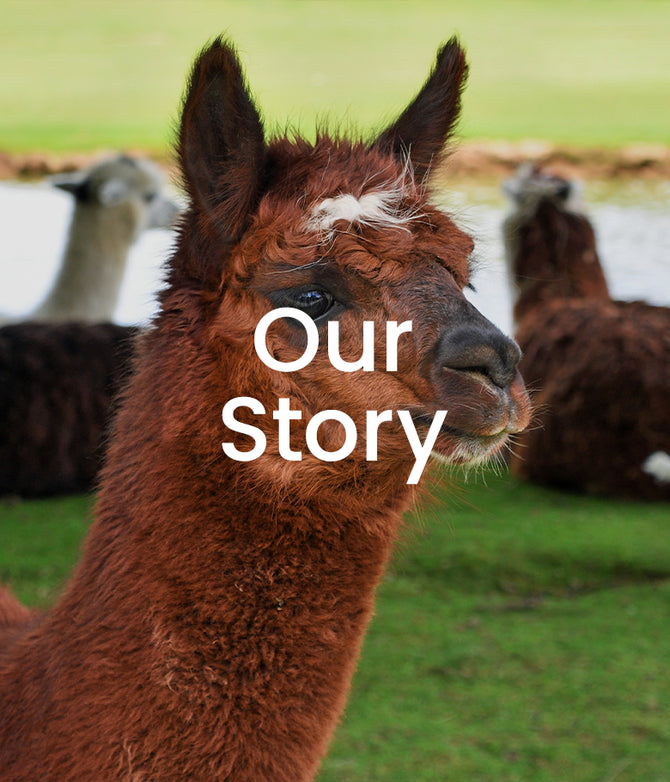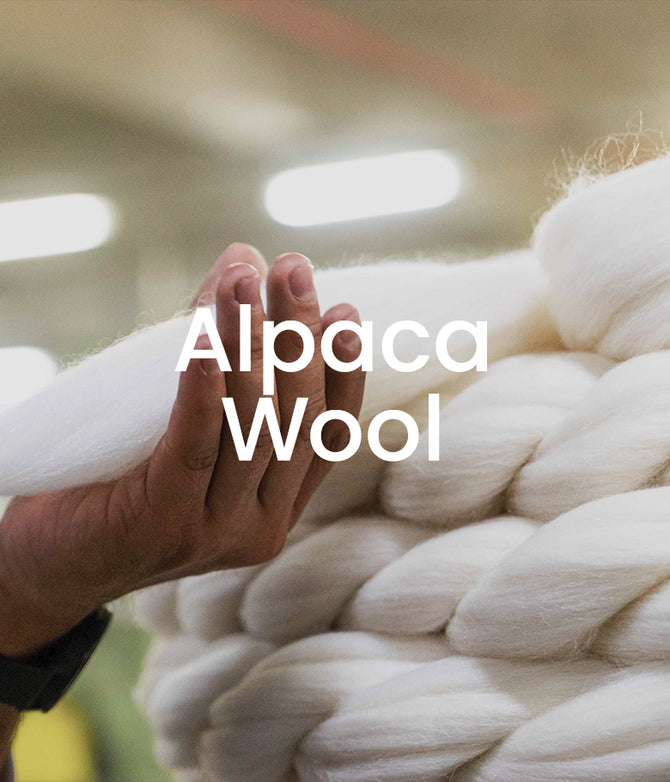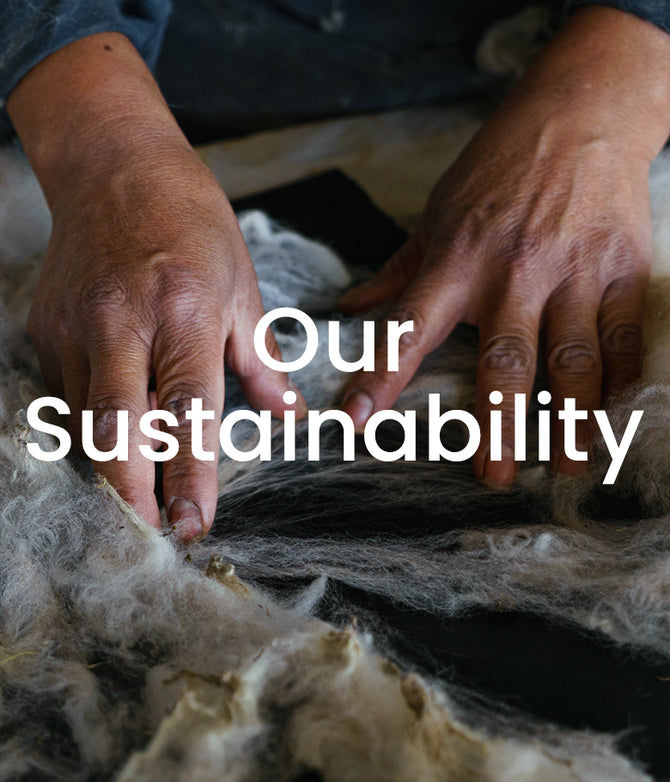Earth Day: What Is the Impact of the Fashion Industry on the Environment?
PUBLISHED APRIL 21, 2022
- What Is The Purpose Of Earth Day?
- Problems With The Fashion Industry
- 1. Hazardous Materials
- 2. Wasteful Fast Fashion
- 3. Ever-Changing Trends and Over Consumerism
- Combating Fast Fashion
- Conclusion
The fashion industry has long been demonized for its high resource consumption and wasteful practices. The textile and fashion industry uses about 2,000 different chemicals, many of them are known carcinogens. Out of these thousands, a mere 16 of them have approval from the (EPA) Environmental Protection Agency.
In addition, the United Nations Economic Commission for Europe states that the fashion industry is responsible for the production of about 20% of global wastewater and 10% of all carbon emissions.
Cotton, the most popular textile in the fashion industry, is notoriously resource-intensive. It takes 7,500 liters of water to make a single pair of jeans, and 2,700 liters for a t-shirt. Cotton farming uses 24% of all insecticides and 11% of pesticides, often polluting surrounding waterways and poisoning local communities.
All just so that 85% of all produced clothing ends up in landfills, taking thousands of years to biodegrade.
Earth Day falls on the 22nd of April. To commemorate the day, merely celebrating it won’t be enough. To the conscientious human, everyday should be Earth Day!
But first, what’s Earth Day all about?
What Is The Purpose Of Earth Day?
Our planet is billions of years old, but Earth celebrated its 50th Day only in 2020, owed greatly to the growing awareness of climate change.
The main mission of Earth Day was to spread awareness among the masses about the devastating changes taking place on our planets like global warming, climate change, and the melting of icebergs.
It is a worldwide event often honored by small gestures like turning off lights and electricity for a few hours, or having talks about environmental conservation, promoting the conservation of mother nature and protecting the planet in which we all live.
It all started on April 22, 1970, as 20 million Americans, almost 10 % of the total population of the US at the time, took to the streets and raised their voice for the safety of the environment. This started a global movement, and from that day, April 22 was hence celebrated as Earth Day.
The hard work of many people made the environment and its conservation become a topic of discussion on the worldwide level. Many countries joined in and started to take active participation in this united movement of saving the future world from ourselves.
Today, Earth Day is celebrated differently throughout the world. Many plant trees, clean up beaches and public areas, and hold recycling drives. Some participate in “green” initiatives such as turning lights off, or pledging to ditch single-use plastics.
Problems With The Fashion Industry
The fashion industry has long been demonized for its high consumption of limited resources, excessive carbon emissions, and unfair labor practices.
While the fashion industry is a hub of creativity and an integral part of our lives, its output continues to be tremendously harmful.
The issues of industry exploiting nature, the environment, and violating human rights are way too critical to explain in a short section of this article, but one thing everyone can agree on, is that fast fashion needs to be on its way out, and pave the way for slow, sustainable fashion.
So why is the fashion industry such a significant polluter of the planet?
1. Hazardous Materials
The fashion industry is notorious for using toxic chemicals to manufacture products, especially in the area of polyester production and conventional cotton farming.
Large amounts of pesticides and insecticides are used to grow cotton, often leaking into waterways and polluting the surrounding environment. To make matters worse, cotton farms are often located in developing countries with little or no means to protect themselves.
One of the most harmful fabrics used in the fashion industry is polyester, a cheap, wrinkle-free material that is quick-drying and cheap to produce.
It takes about 70 million barrels of oil annually to meet the worldwide demand for polyester. Polyester is
The effects of polyester on the environment is significant, requiring more energy than conventional cotton and causing microplastics to end up in our oceans.
2. Wasteful Fast Fashion
The fashion industry is spread all over the world across a myriad of businesses, creating a huge number of products each day.
Workers are often paid unfairly, and made to work in less-than-ideal conditions that can be exploitative and unsafe.
Cheap, low-quality materials are used, and the international standard rules and regulations followed are very few. The textile industry is notorious for human rights violations, often engaging in child labor while the carelessness in working conditions often lead to environmental degradation and exploitation.
Fast fashion concentrates on churning out a steady stream of products to keep up with the latest trends. While most of these products are mass-produced cheaply, a whopping 85% of them end up in landfills, where they will be spending the next thousand years decomposing.
3. Ever-Changing Trends And Over Consumerism
The fashion industry is evolving and forever changing. Fashion trends are fickle, constantly evolving at top speed.
The fashion industry takes advantage of the human need to feel trendy and enjoy variety, with large retailers releasing numerous collections every month to keep up with the latest styles.
This leads to a huge waste of resources, as the “last-season” styles get relegated to the back of the closet or dumped.
Combating Fast Fashion
Amidst the over consumerism of the fast fashion world, it has long been time for us to be aware of the problems and strategize necessary solutions.
Circular Fashion - Very broadly speaking, circular fashion embraces products made with organic materials that come from the earth, is harvested responsibly, and is made from top-quality materials designed to last for a long time, minimizing waste.
And, at the end of its long and happy life, the product is biodegradable and goes back into the earth, where it breaks down and decomposes in a flash.
Reusing and recycling - The simplest way to reduce the amount of waste going to landfills. Not only will the environment thank you for it, your wallet will too!
Need less, buy less - There’s something to be said about the minimalist lifestyle. By simply buying what you need, and wanting less, you’ll have more!
We Are in This Together
We encourage you, fashion lovers and eco-warriors, to shop consciously, not only this Earth Day but every day on Earth. It can start as simply as buying biodegradable, natural products that are produced sustainably, or minimizing your consumption and only buying what you need. The most important thing is that we all try, together! Happy Earth Day 2022!






















